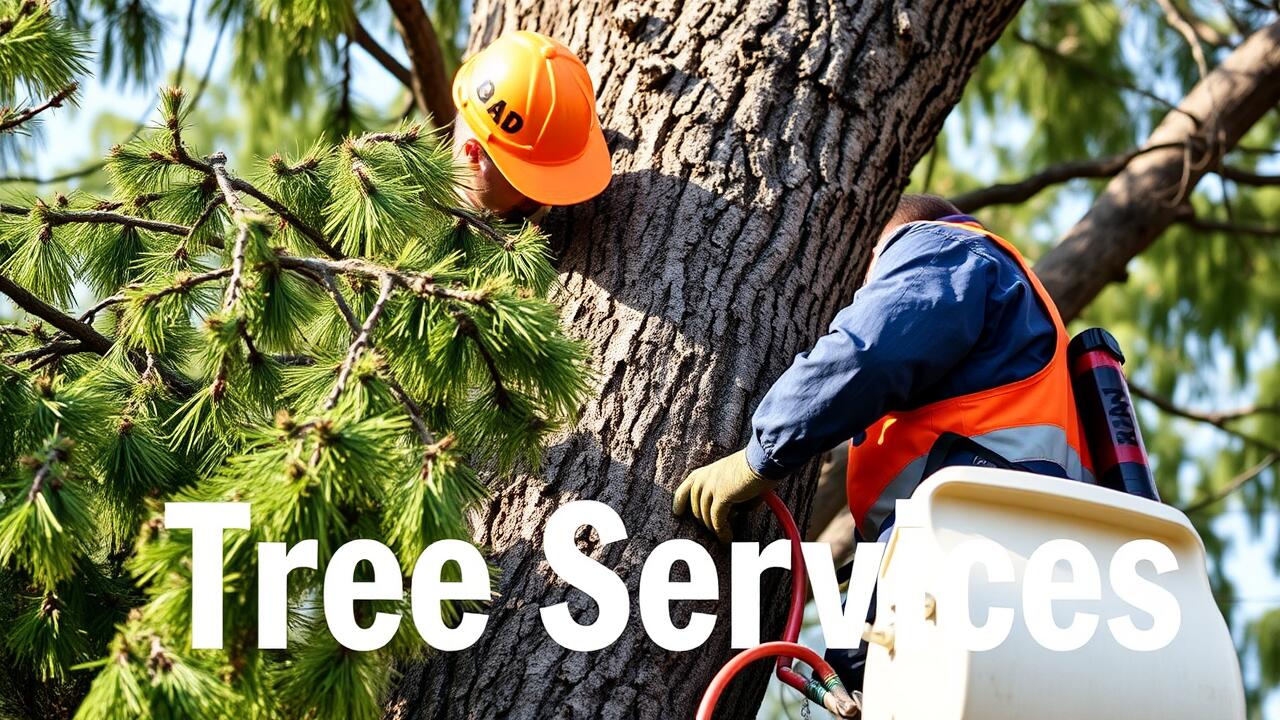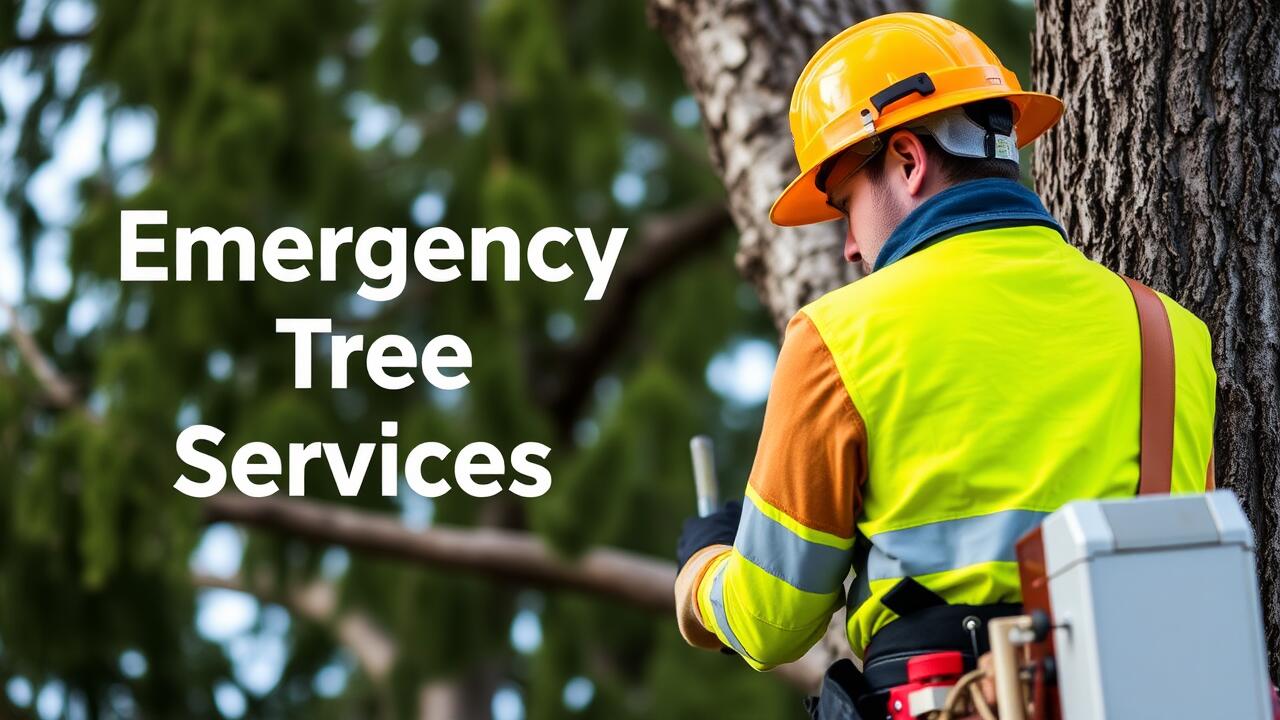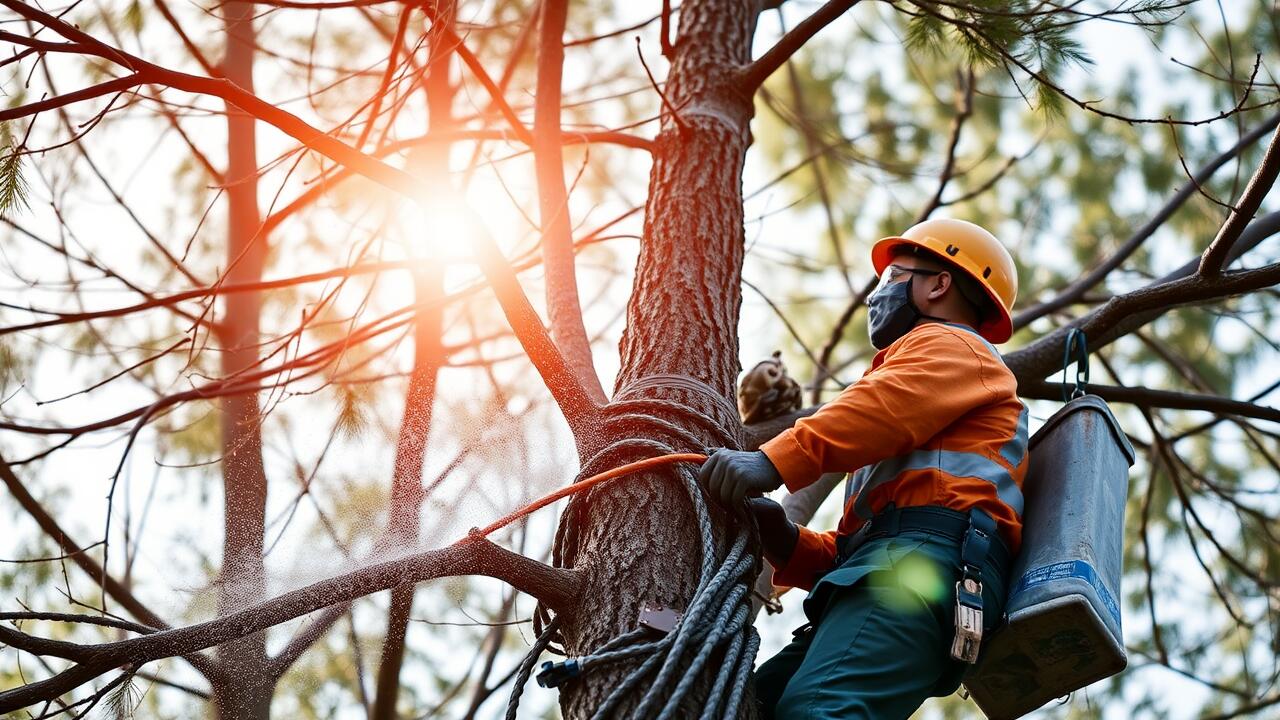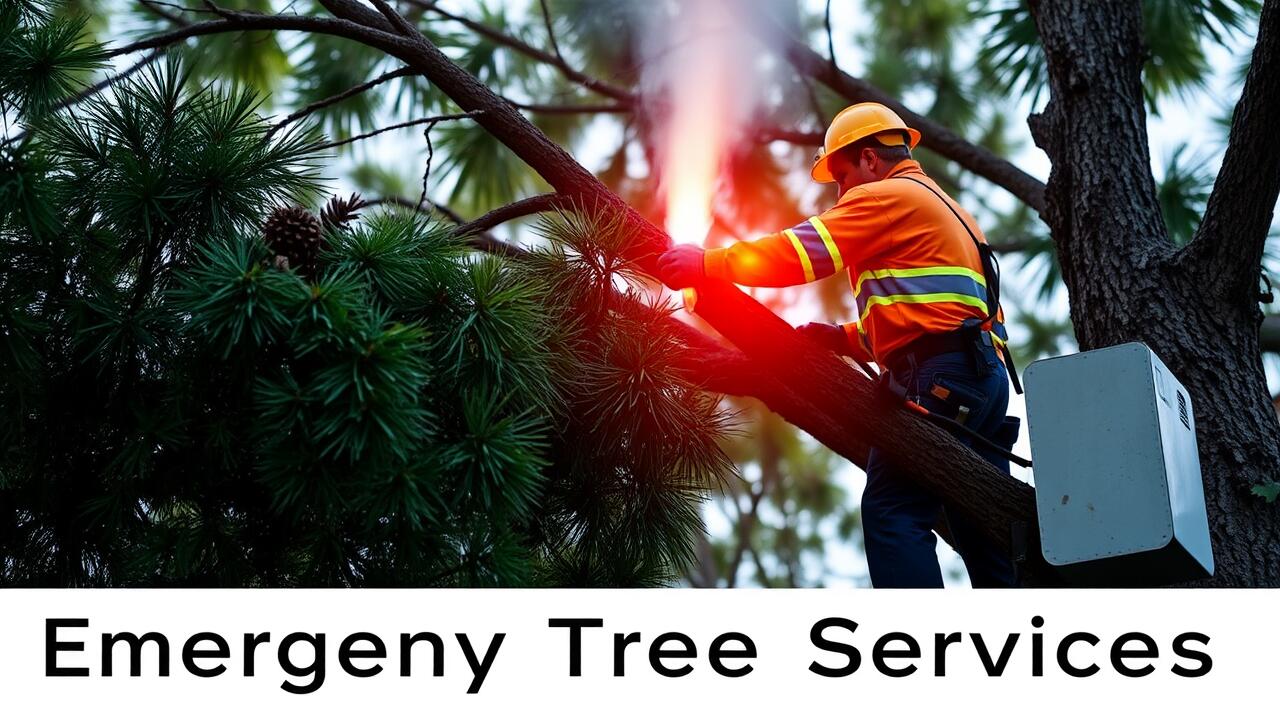
The Role of Professional Services
After a storm, the aftermath often includes fallen trees and damaged landscapes. Professional services are crucial in such situations to ensure safe and effective root removal. Engaging experts helps mitigate risks associated with handling heavy debris and potential hazards, such as downed power lines or unstable structures. The knowledge and experience of these professionals streamline the process, allowing for a more thorough assessment of the situation and an appropriate response.
In Buckhead, Atlanta, emergency tree services specialize in the immediate aftermath of storm damage. They not only remove debris but also evaluate the health of the remaining trees and ensure that the landscape is left safe for residents. Their expertise extends beyond mere removal, as they also provide insights into preventing future issues and maintaining the overall health of the ecosystem.
When to Engage a Tree Removal Expert
Storm damage can significantly compromise the safety and stability of trees, making it crucial to assess the situation accurately. If a tree is leaning dangerously, has visible cracks in its trunk or branches, or has uprooted roots, it’s often best to consult a professional. These experts can evaluate the tree's condition and decide whether it can be salvaged or should be removed entirely. For those in the area, services like Buckhead, Atlanta Emergency Tree Services provide immediate support in such scenarios.
Timing is essential when considering tree removal. Engaging a tree removal expert as soon as possible can prevent further damage during additional storms or strong winds. Professionals are trained not only to handle removal safely but also to provide insights on the best next steps for the site. Prompt action minimizes risks to nearby properties and helps maintain the overall health of the landscape.
Environmental Considerations After Root Removal
Removing tree roots after storm damage can significantly impact the surrounding environment. It’s crucial to evaluate how the soil and local ecosystem will react to this change. Exposed or disturbed soil may be prone to erosion, leading to loss of nutrients and water retention. Incorporating organic matter and mulch can help counteract these effects. Buckhead, Atlanta Emergency Tree Services often emphasizes the importance of reestablishing soil stability and health after root removal to promote regrowth and maintain a balanced environment.
Maintaining habitat for local wildlife is another key consideration. Trees support various species by providing shelter and food sources. After removal, it is important to assess how the habitat will be affected and to take steps to minimize disruption. Replacing trees thoughtfully and selecting native species can foster biodiversity. Additionally, professionals like Buckhead, Atlanta Emergency Tree Services recommend creating buffer zones around the removal site to support the remaining flora and fauna, ensuring that the ecosystem can adapt and thrive despite the changes.
Ensuring Soil Health and Habitat Preservation
After root removal, maintaining soil health is crucial for the surrounding ecosystem. Soil disturbance can lead to erosion, nutrient depletion, and compromised water retention. Incorporating organic matter, such as compost, helps restore essential nutrients. Additionally, these amendments can improve the soil structure, fostering an environment conducive to new plant growth. Local services, like Buckhead, Atlanta Emergency Tree Services, often provide guidance on how to amend soil effectively after tree removal.
Preserving the habitat for local wildlife is equally important in the aftermath of root removal. Many creatures depend on the flora and fauna in their environment. To support these ecosystems, planting native species can promote biodiversity and encourage the return of various animal species. Creating buffer zones around the affected area also aids in providing shelter and food sources for wildlife. Engaging with local experts, such as those at Buckhead, Atlanta Emergency Tree Services, ensures that the replanting efforts align with ecological best practices.
Replacing Trees After Removal
Replanting trees after removal is an essential step in restoring the balance of the local ecosystem. It is important to choose tree species that are native to the area as they better support local wildlife and adapt to the existing soil conditions. Conduct thorough research or consult with local arborists to select the right varieties that will thrive in your specific environment. Timing is also crucial; planting during the early spring or fall can provide the best conditions for growth.
Engaging professionals, such as those from Buckhead, Atlanta Emergency Tree Services, can help ensure successful replanting. They offer expertise not only in selecting appropriate tree species but also in assessing soil conditions and preparing the site for new growth. Proper planting techniques, including correct spacing and soil amendments, play a vital role in the health and longevity of new trees. Investing in expert guidance can lead to a flourishing landscape that contributes positively to the ecosystem.
Best Practices for Replanting
Replanting after tree removal requires careful planning to ensure the longevity and health of new trees. It is important to select species native to the region, which tend to adapt better to local conditions. Check soil quality before planting. Consider conducting a soil test to assess pH and nutrient levels. This information will help determine if amendments are necessary to promote optimal growth.
When using Buckhead, Atlanta Emergency Tree Services, take advantage of their expertise in choosing appropriate planting sites. Factors such as sunlight, drainage, and proximity to structures should influence selection. Adequately spacing new trees will prevent overcrowding and allow them to thrive. Regular watering and mulching around the base can encourage strong root development and protect against weeds, ensuring a successful replanting process.
FAQS
Why is it important to hire a professional service for root removal after storm damage?
Hiring a professional service ensures that the removal process is done safely and effectively, minimizing risks to your property and surrounding areas, as well as preventing any potential injury.
How can I determine if I need to engage a tree removal expert?
You should consider engaging a tree removal expert if the tree is leaning dangerously, has significant structural damage, or if its roots are causing damage to nearby structures or utilities.
What are the environmental impacts of root removal?
Root removal can disrupt local ecosystems, affect soil health, and harm habitats. It's important to consider these factors and implement measures to preserve the environment during the process.
How can I ensure the soil remains healthy after root removal?
To ensure soil health, you can test the soil for nutrient levels, incorporate organic matter, and avoid compaction. Additionally, consider planting cover crops to maintain soil structure and nutrients.
What are the best practices for replanting trees after removal?
Best practices for replanting include selecting native species, ensuring proper planting depth, using quality soil amendments, and providing adequate water and care during the initial growth phase.



